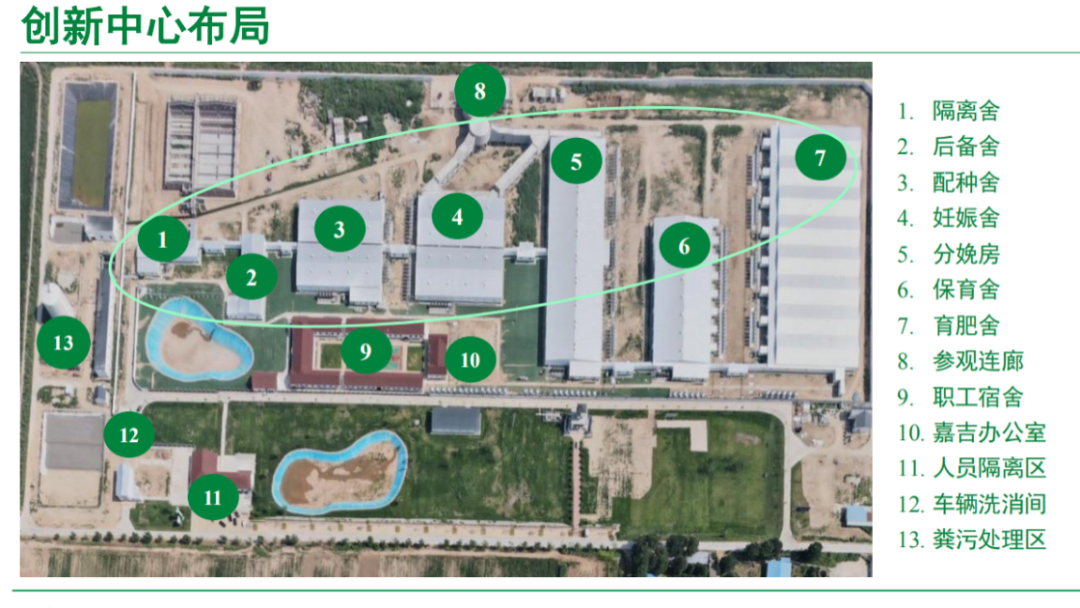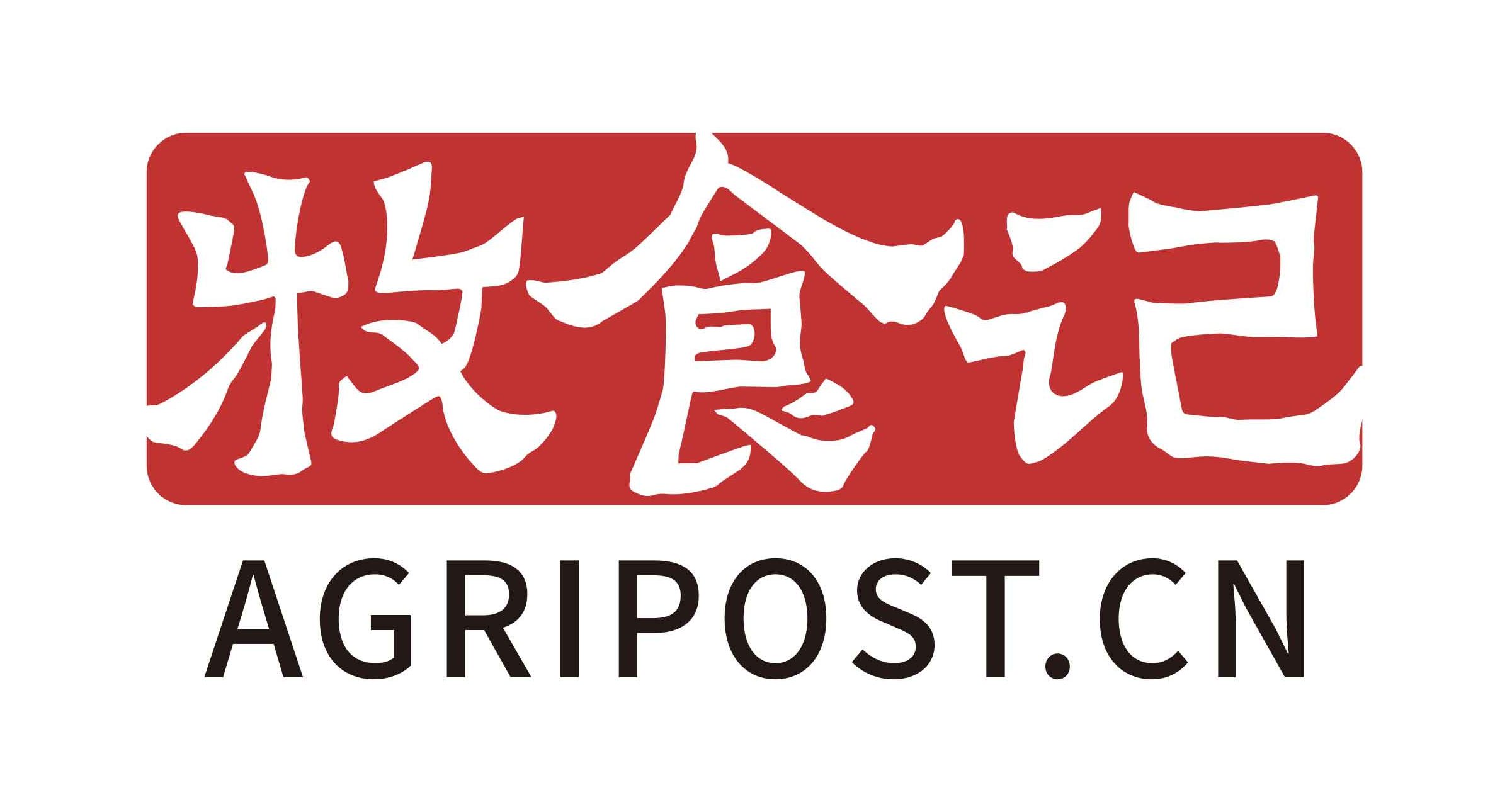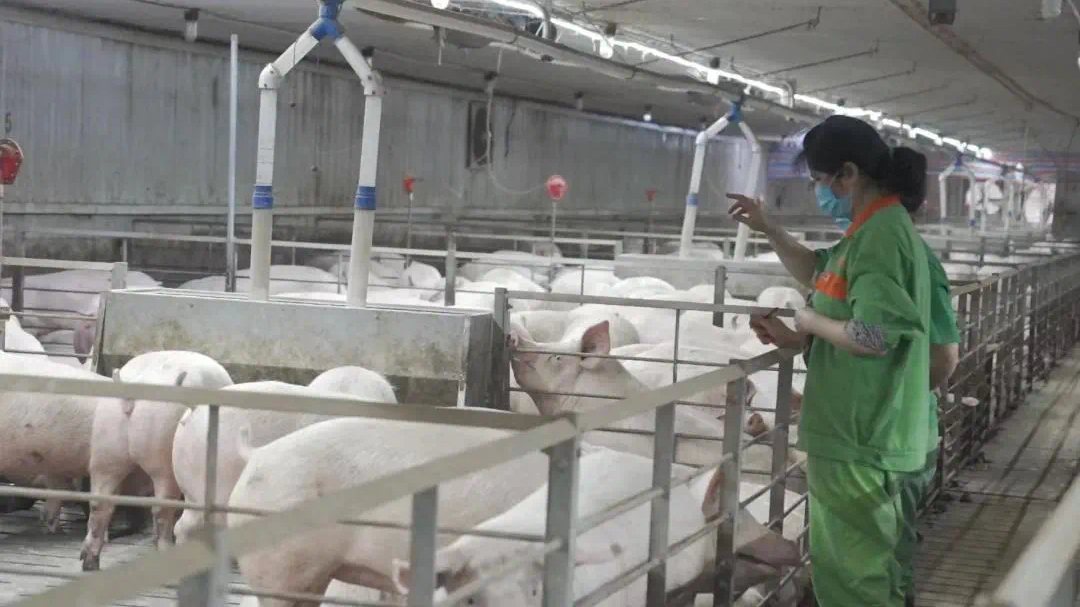Amidst the challenges of low pork prices and rising production costs, Cargill has launched its first Global Innovation Center (GIC) in Asia, strategically located near the iconic Guanque Tower in Shanxi, China. This state-of-the-art research facility integrates global nutritional expertise with local commercial farm realities, aiming to optimize feed efficiency, reduce environmental impact, and enhance reproductive performance. With over 140 annual trials, the GIC represents a new model for sustainable swine farming in China and the broader Asian region.
In an era where low pork prices are becoming a persistent norm, China’s pig industry faces an urgent imperative: enhance efficiency or risk being left behind. Against this backdrop, a new beacon of innovation has emerged just 30 kilometers from Shanxi’s historic Guanque Tower—the Cargill Global Innovation Center (GIC), a facility poised to elevate the region’s pig farming practices “to the next level.”

As part of Cargill’s global R&D framework, the GIC in Yongji, Shanxi, is its sixth cross-species research hub globally and the first in Asia dedicated solely to pig nutrition. A joint venture between Cargill and Changrong Agriculture & Technology, the center addresses critical industry pain points such as precision nutrition, raw material optimization, smart feeding strategies, digitalized livestock management, and sustainable ingredient development.
While Cargill brings 160 years of global nutritional expertise, it has avoided the pitfall of copy-pasting Western models onto the Chinese market. Instead, the GIC was purpose-built to conduct trials under local, commercial-scale conditions—ensuring findings are not only innovative but also practical for China’s swine farmers.

Why Yongji? Low Density, High Biosafety
Yongji’s strategic advantages were central to the center’s placement. Not only does the region offer a strong partnership with Changrong, but its relatively low pig density—just 1.43% of national output—provides a natural biosafety buffer. Spread across 34,000 square meters and housing 2,400 sows, the trial farm integrates all phases of production from grandparent stock to finishing pigs.
Its layout, from breeding to finishing units, is meticulously designed. Isolation corridors, vehicle disinfection bays, and manure treatment zones surround the core animal areas, minimizing disease risk while supporting data integrity.

Unlike traditional batch comparisons common in the industry, GIC adopts a parallel test structure by dividing pig houses into separate experimental units. This setup allows same-batch comparisons and dramatically accelerates data generation and validation. The facility plans to run over 140 swine trials annually.
Each housing unit is optimized for specific stages:
- Breeding Units: Support up to five parallel feeding experiments focused on reproductive efficiency and management strategies.
- Gestation Barns: Equipped with 20 feed silos and capable of four simultaneous trial rounds, current studies focus on longevity, condition scores, heat stress mitigation, and new green additives.
- Farrowing Units: Running 52 trials annually, they investigate lactation performance, piglet growth, survival rates, and alternative feed materials.
- Nursery and Grower-Finisher Barns: Hosting 52 and 26 trials respectively per year, these spaces explore antibiotic and zinc reduction, feed conversion efficiency, nitrogen output reduction, and sustainability.
From Concept to Commercial Reality
Transparency is a hallmark of GIC’s operations. Visitors can observe test animals through glass corridors spanning gestation to farrowing rooms, where healthy sows and robust piglets showcase the center’s care and rigor.

All test barns are fitted with electronic feeders to enable precise, randomized nutrition trials. These experiments include full-cycle sow-piglet tracking as well as stage-specific interventions. Importantly, trial protocols are designed and managed by Cargill’s expert team, while local farmhands follow standard commercial procedures—ensuring real-world relevance.

The goal is clear: to translate validated research into plug-and-play solutions for farms. One senior executive likened it to fueling a high-end vehicle—you wouldn’t put diesel in a luxury car. Likewise, high-yield pig genetics require premium feed strategies to perform as intended.
Besides genetics, farms can adopt Cargill’s full-service package—essentially “follow the playbook” from GIC’s rigorously tested programs. With the backing of localized research, this approach allows producers to confidently invest in performance-boosting strategies without trial-and-error costs.
AgriPost.CN – Your Second Brain in China’s Agri-food Industry, Empowering Global Collaborations in the Animal Protein Sector.




